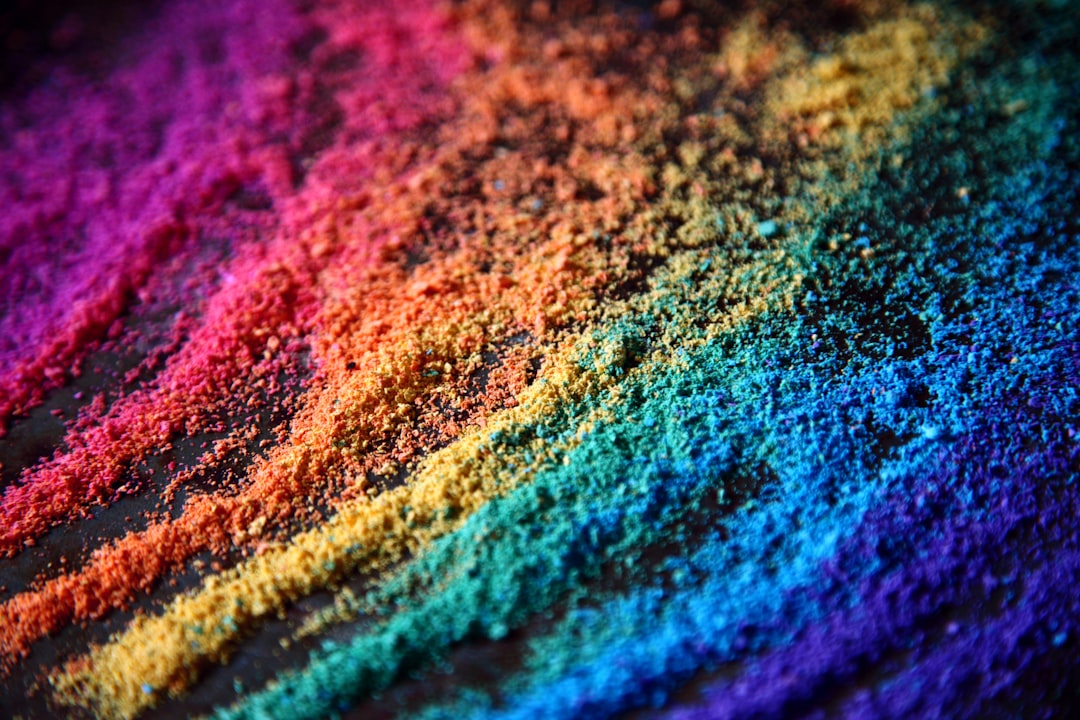Understanding Streptococcus Mutans Retention in Acidic Environments
Dental health is crucial for overall well-being, and understanding the factors contributing to tooth decay is essential. Streptococcus mutans, a bacterium commonly found in the human oral cavity, is a primary contributor to dental caries. A recent study explores the retention of Streptococcus mutans in acidic environments, providing valuable insights into its impact on dental health.

The determination of Streptococcus mutans retention in acidic and neutral pH levels offers a comprehensive understanding of how this bacterium thrives in various conditions. The study emphasizes the importance of maintaining a balanced pH in the oral environment to minimize bacterial growth and subsequent tooth decay.
Exploring Glaze Techniques in Pottery
Pottery enthusiasts constantly seek innovative methods to enhance their craft. Glazing is one such technique that adds beauty and durability to ceramic pieces. Understanding the different types of glazes and their applications can significantly elevate the quality of pottery projects.

One way to delve deeper into this artistic endeavor is by attending workshops such as the Hands-On Glaze Technique Workshop with Ruth Easterbrook. These classes provide practical experience and insights from seasoned professionals, allowing participants to discover new techniques and refine their skills.
If you’re interested in creating unique effects, bubble glaze pottery offers essential techniques and expert tips to achieve stunning results. This method involves using bubbles to create fascinating patterns and textures in the glaze, resulting in one-of-a-kind pieces.
Safe Use of Unglazed Pottery
While glazed pottery is a common choice for many, unglazed pottery pieces hold their unique charm. However, it’s important to consider safety when using these items for food-related purposes. The unglazed pottery food safe guide provides essential tips to ensure safe use without compromising the integrity of your creations.

Cone Temperatures in Ceramic Firing
Ceramic firing is a delicate process that requires precision and understanding of various temperature ranges, often measured in cones. These cones, made from ceramic materials, bend at specific temperatures, indicating when the kiln has reached the desired heat level.
For potters, understanding cone temperatures is crucial. For example, Cone 020 temperature offers guidance on achieving the right conditions for low-fire glazes and other ceramic techniques. Additionally, the kiln cone temperature chart serves as a comprehensive firing guide for artists to achieve the desired outcomes effectively.

For those interested in past exhibitions, the Past Exhibitions – City of Chicago page provides detailed information. These events offer opportunities to engage with diverse art forms, stimulating creativity and appreciation for the arts.
Stay Updated With Recent Articles and Content
To stay informed about the latest developments in architecture, design, and more, visit our recent articles section. Here, you’ll find a plethora of information and insights to inspire your next project or idea.
Overfiring glaze can indeed be a tricky hurdle for many ceramic artists, but understanding its effects is the first step toward mastering your craft. By recognizing the signs of overfiring and adjusting your firing schedule, you can ensure your pieces not only look beautiful but also stand the test of time. Remember, every challenge in pottery is an opportunity to learn and grow, so don’t be discouraged by a misfired glaze—use it as a stepping stone to refine your techniques and elevate your artistry.
Stay Connected for More Tips
I’d love to keep sharing more insights and tips on ceramic artistry with you! Make sure to follow us on Instagram for daily inspiration, behind-the-scenes looks, and the latest updates. Whether you’re a seasoned potter or just starting out, our community is here to support and inspire your creative journey. Let’s continue to explore the wonderful world of ceramics together!
